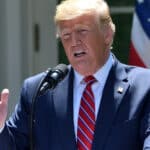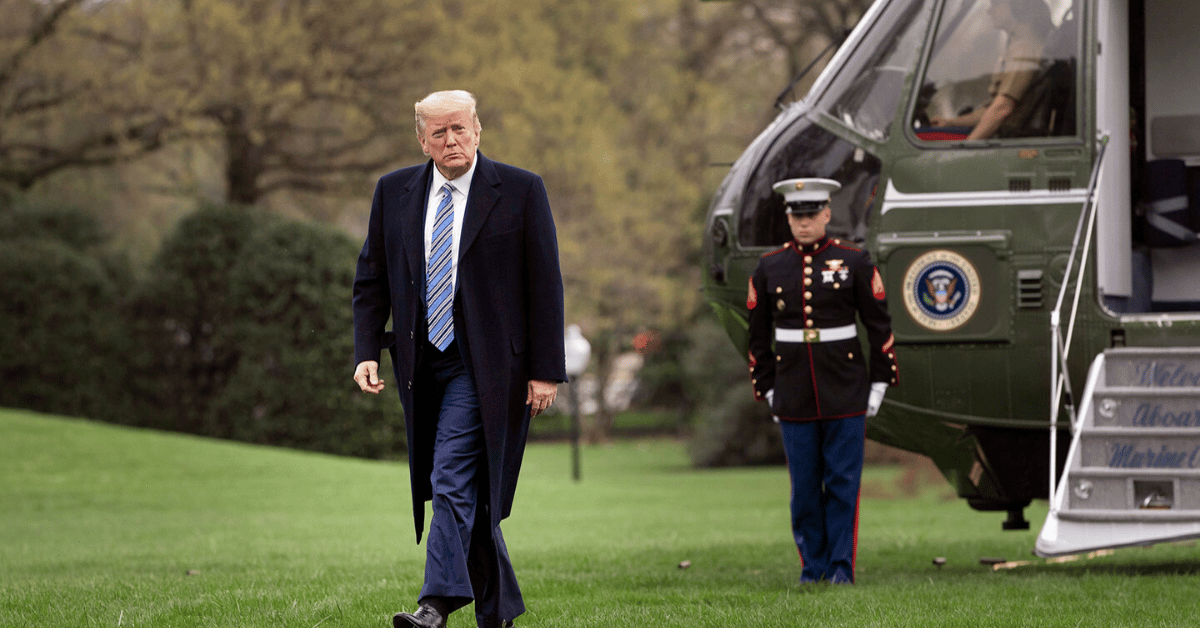
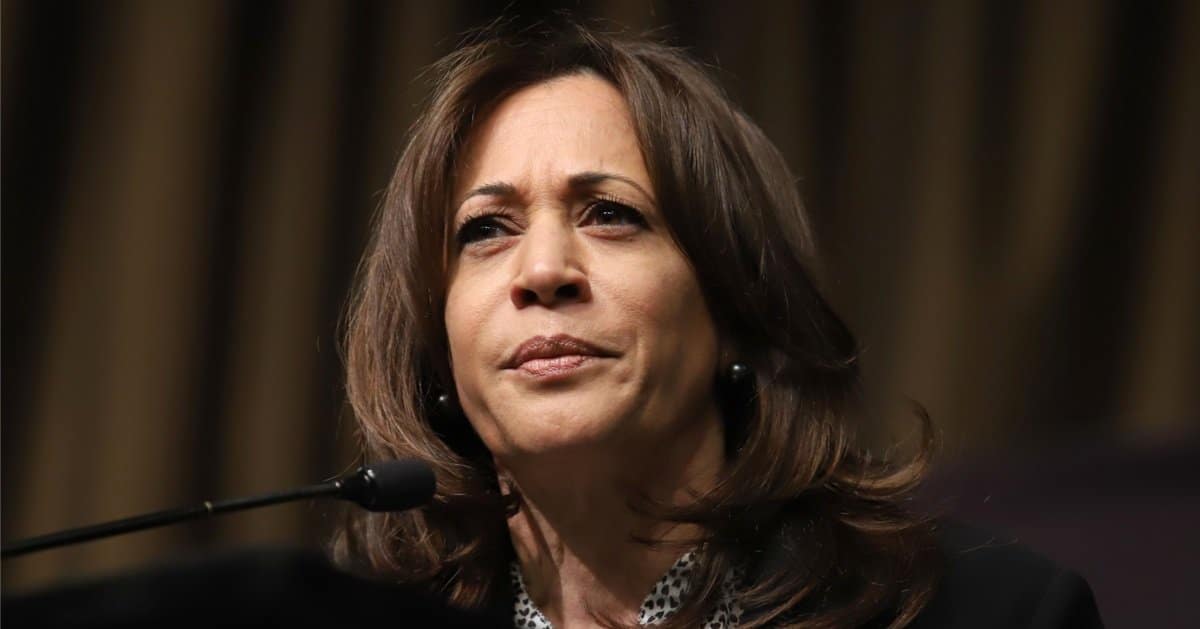
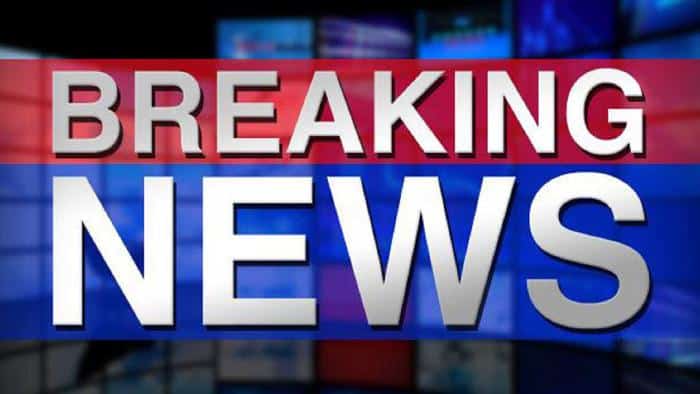
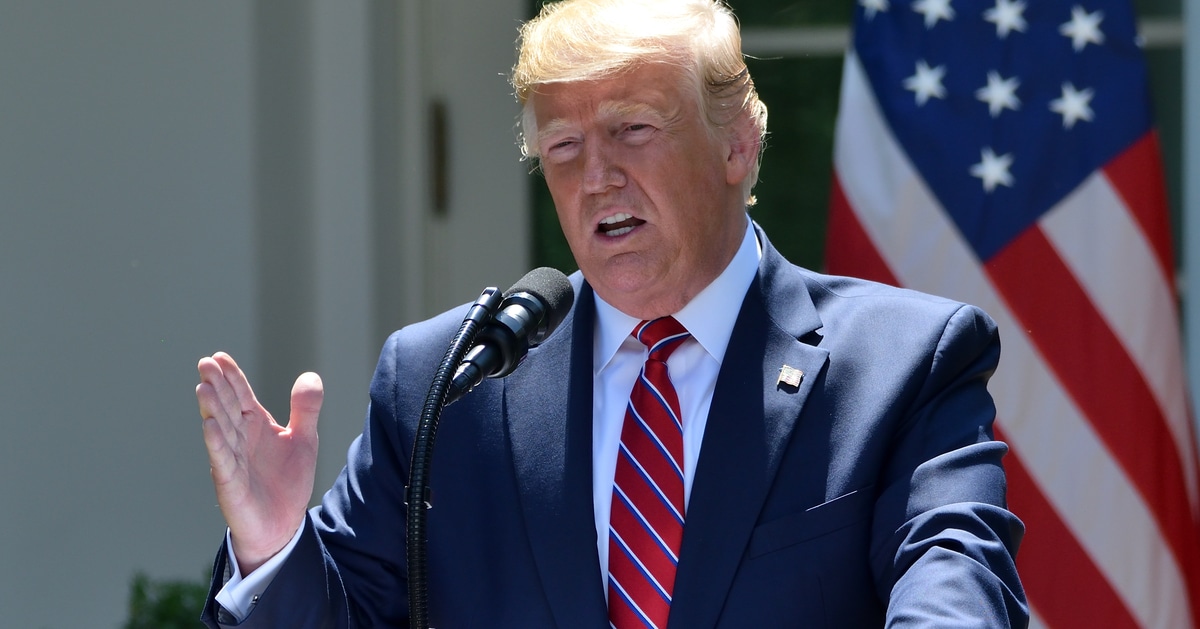

President Donald Trump has unleashed a bold directive to shield ICE officers from violent assaults. While traveling from Texas to Washington, he witnessed thugs hurling rocks and bricks at law enforcement vehicles, sparking his outrage. This isn’t just a policy shift—it’s a line in the sand for law and order.
Breitbart reported that Trump instructed DHS Secretary Kristi Noem and border czar Tom Homan to ensure ICE and DHS agents arrest rioters attacking their vehicles. His orders, posted on Truth Social, demand immediate action against those showing “total disrespect” for authority.
Watching from his motorcade, Trump saw ICE vehicles battered by projectiles, leaving brand-new cars heavily damaged.
He called the attackers “slimeballs” and vowed such scenes would not repeat. It’s a visceral reaction to a growing trend of defiance against law enforcement.
Trump’s directive comes amid reports of escalating assaults on federal agents. In Los Angeles, rioters were caught throwing rocks at Border Patrol vehicles, mirroring the Texas incident. Portland’s chaos, where fireworks and explosives targeted officers, further fuels the narrative of unchecked aggression.
“I am on my way back from Texas, and watched in disbelief as THUGS were violently throwing rocks and bricks at ICE Officers,” Trump wrote.
He’s not wrong—such attacks aren’t just vandalism; they’re a direct challenge to federal authority. Yet, critics might argue this risks escalating tensions further.
Trump’s response? Full authorization for ICE to “protect itself” as fiercely as it protects the public. He’s betting that empowering agents to act decisively will deter future attacks. It’s a gamble that could either restore order or ignite more unrest.
The president’s orders are clear: stop the car, arrest the culprits, and use “whatever means necessary.” This isn’t a suggestion—it’s a mandate to restore respect for law enforcement. But the vague phrasing raises questions about proportionality and oversight.
Trump’s Truth Social post didn’t mince words: “Tremendous damage was done to these brand new vehicles.”
He’s framing this as both a practical and symbolic issue—damaged cars reflect a damaged system. The Left might call it overreach, but to many, it’s an overdue pushback.
In Harris County, a 22-year-old was arrested for damaging an ICE vehicle during a workplace operation. This incident underscores the real-world stakes of Trump’s directive. It’s not abstract policy—officers face tangible threats daily.
Los Angeles and Portland aren’t isolated cases; they’re part of a pattern. Rioters targeting federal vehicles signal a broader rejection of authority, one that Trump aims to crush. His supporters see this as standing up to anarchy; detractors see a heavy-handed crackdown.
“I am giving Total Authorization for ICE to protect itself,” Trump declared. It’s a rallying cry for those fed up with lawlessness, but it sidesteps the nuance of protest versus riot. The woke crowd might scream “fascism,” yet ignoring these attacks isn’t an option either.
Trump’s directive hinges on Noem and Homan to execute it effectively. Their leadership will determine whether this becomes a turning point or a flashpoint. The stakes couldn’t be higher for ICE’s morale and public safety.
Authorizing arrests “immediately” sends a message: law enforcement won’t be punching bags. But the optics of agents using force could play into the hands of progressive narratives. Trump’s walking a tightrope between strength and restraint.
The Harris County arrest shows enforcement is already happening. A young man’s interference with ICE operations led to his swift detention. It’s proof that the system can work, but scaling it up risks inflaming tensions.
Trump’s vision is clear: no more battered vehicles, no more emboldened rioters. Whether this directive restores order or fuels more chaos depends on its execution. For now, it’s a bold stand against those who’d turn rocks into weapons.


